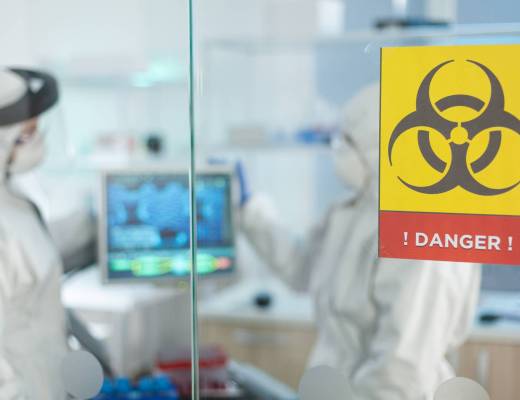While e-commerce gets competitive as we move forward in the 21st century, retailers face the challenge of providing a more engaging and realistic shopping experience online as customers can’t physically touch or try products. Traditional product images often fall short of offering an immersive experience. The solution is now provided by 3D technology.
It is a game-changer that allows for dynamic product visualization, customization, and faster prototyping. This article will explore the key expectations retailers should have when incorporating 3D technology and address how it can solve current retail challenges.
1. Enhanced Product Visualization with 3D Holograms
3D holograms provide an immersive and lifelike view of products by displaying them in three dimensions, allowing customers to interact with them from multiple angles. Holograms create a more engaging and realistic experience as compared with traditional 2D images. This leads to increased customer satisfaction and a reduction in return rates, as shoppers are able to visualize products in great detail before buying.
Retailers can use lenticular printing and 3D holograms to showcase their products in a more dynamic way.
World3D offers lenticular printing solutions that allow businesses to create engaging product displays for packaging, promotional materials, and other uses.
2.Personalized Shopping Experiences
3D technology allows retailers to offer highly personalized shopping experiences by enabling customers to customize products and packaging. From selecting unique features to designing personalized engravings, 3D tech makes it easy for businesses to meet individual preferences.
This level of personalization increases customer engagement, making shoppers feel more connected to the products they purchase. For example, companies like
Tiffany & Co. offer custom jewelry with personalized engravings.
3. Improved Product Prototyping and Faster Production
3D technology significantly streamlines product design and prototyping by enabling quick, cost-effective creation of product models before mass production. With 3D printing, businesses can rapidly test and refine designs, leading to faster time-to-market and reduced production costs. This allows for more innovation and iteration as prototypes can be adjusted easily and efficiently.
4. Virtual Showrooms and Augmented Reality Integration
Virtual showrooms and augmented reality (AR) integration offer customers an immersive way to explore products online. These showrooms allow shoppers to browse and interact with products in a 3D environment, while AR brings products into the real world through a smartphone or tablet. It enables customers to visualize how items will look in their space.
5. Role of 3D Models in Sustainable E-commerce
3D technology plays a significant role in promoting sustainability within e-commerce by reducing material waste and improving production efficiency. Traditional manufacturing methods often involve excess materials and unsold inventory, leading to waste. With 3D printing and digital modeling, products can be designed and produced on demand, eliminating the need for mass production and overstocking.
This minimizes waste and helps businesses
reduce their environmental footprint. Additionally, 3D models allow for virtual prototyping, which means products can be tested and adjusted
digitally before physical production, further reducing unnecessary material use.
Endnote
The potential of 3D technology for improving e-commerce operations becomes increasingly evident. Retailers who embrace these advancements can enhance their competitive edge, create more efficient processes, and contribute to a more sustainable future in online retail. The shift toward 3D
solutions represents an important step for businesses looking to innovate and stay relevant in a rapidly evolving market.
Photo courtesy of Freepik







